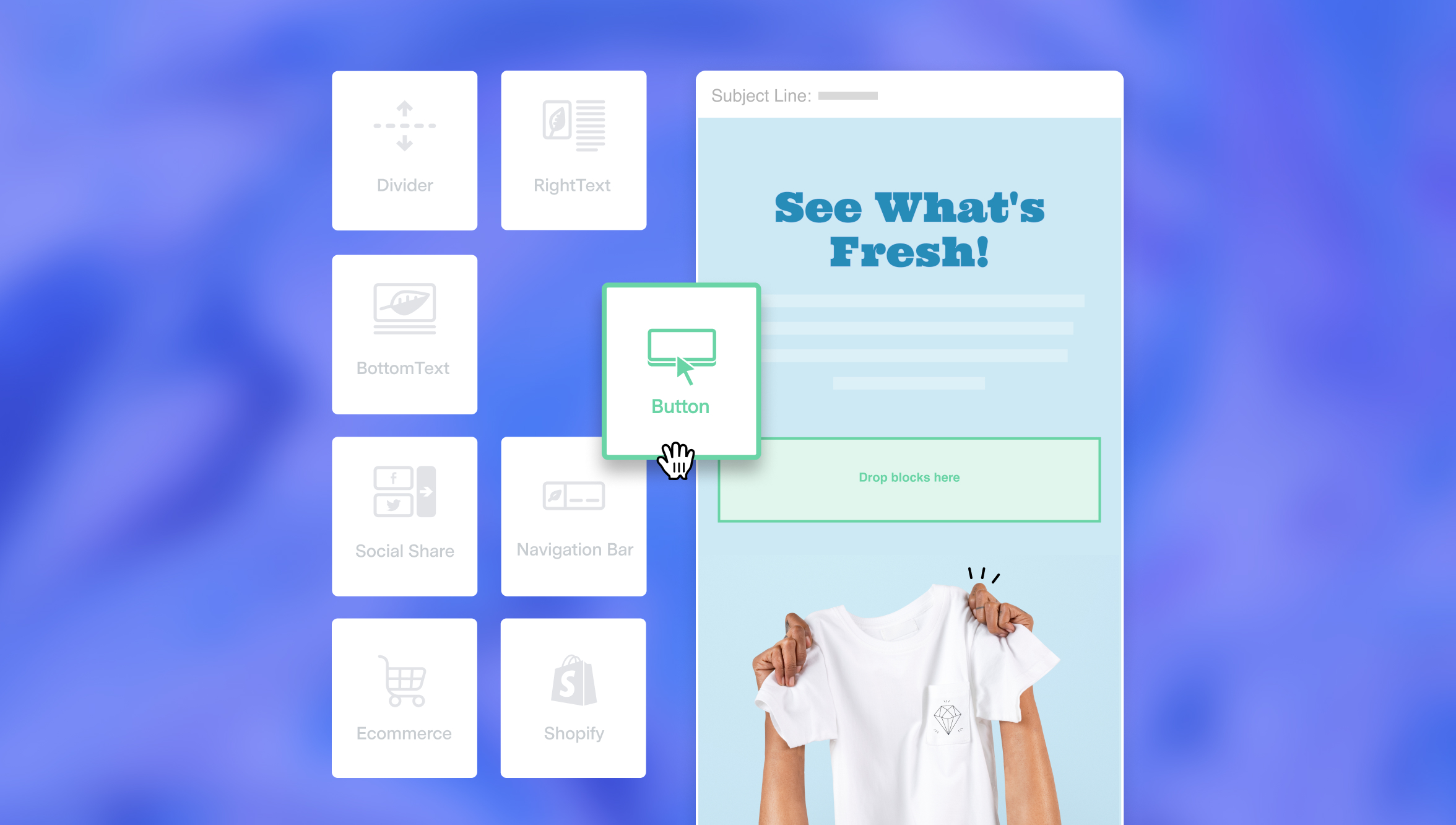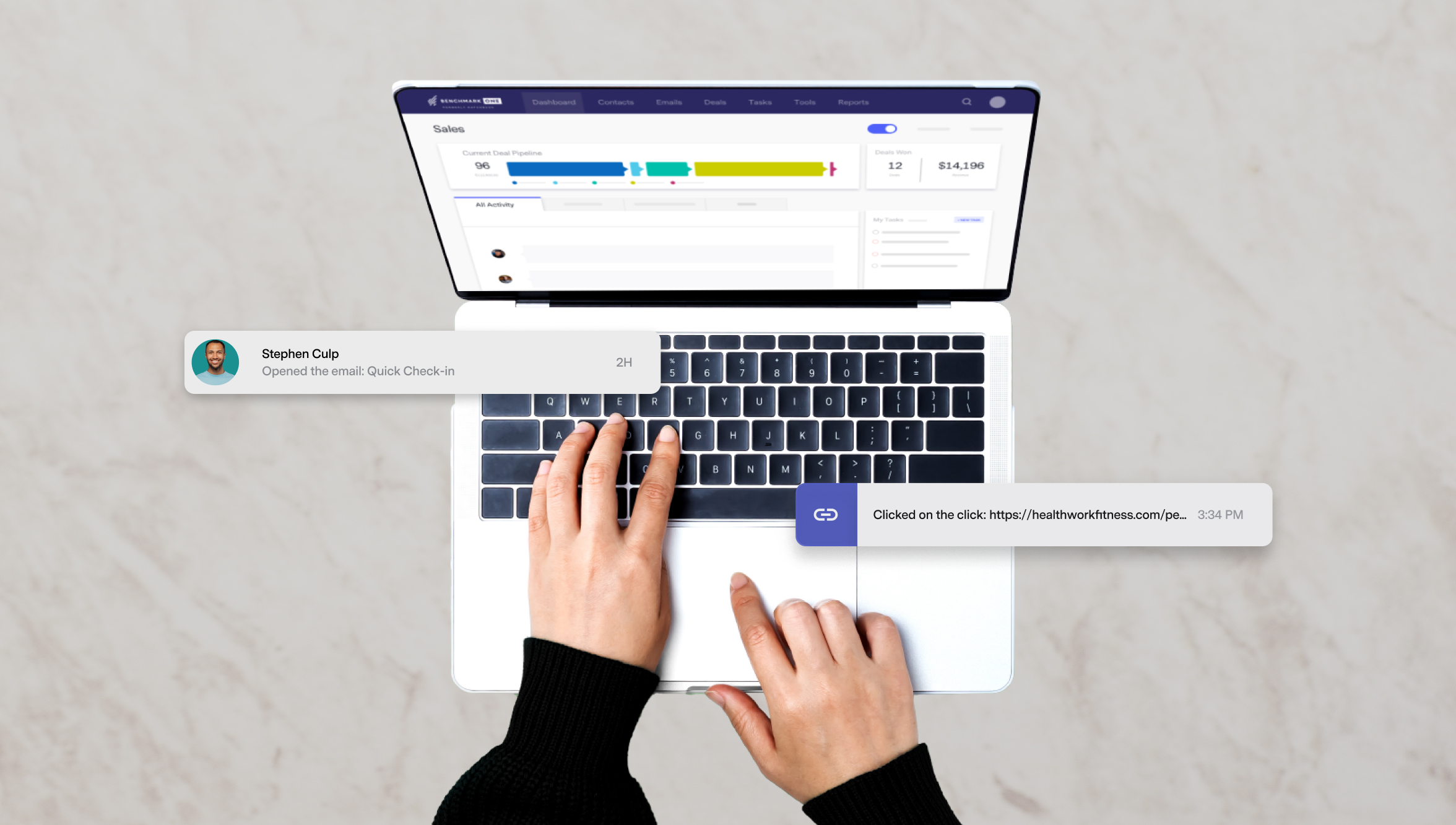Remote Work Is Here to Stay — Why Your Company Should Get On Board and Tips for Going Remote
February 23, 2021 6 min read

The pandemic is keeping businesses on their toes. While some things are going back to normal, other things are forever changed. Remote work being one of them.
Between Upwork’s estimate that 26% of Americans will telecommute through the end of 2021 and their projection that by 2025 around 22% of us will still be working remotely, it’s clear that at least a fifth of Americans actually like working from home. Which is no surprise, considering the freedom and flexibility it brings, the time and money saved on commuting, and the mental health benefits some experience as a result of better work/life balance.
Not everyone prefers remote work, so brick-and-mortar offices won’t become obsolete anytime soon, but the ability to work remotely either full- or part-time is fast becoming a requirement for many job-seekers, who are in the power seat as worker shortages continue.
And attracting future employees is not the only reason it’s worth considering adjusting your work requirements to include some remote options — remote work has benefits for employers, too.
How Remote Work Can Benefit Your Business:
- Better employee retention and recruitment. Happy employees are employees who stay, and offering flexibility can lead to more applicants for job openings (and higher quality, since the net can be cast wider).
- Lower overhead. Of course, you’ll likely need to maintain an office space for those employees who prefer to come in, and/or to meet with clients, but remote work can still cut your overhead on things like square footage, utilities, and equipment. Plus, if you go fully remote, you can rent a flex space at an office-share company and save even more — which is part of why nearly 70 companies, including big names like Microsoft and Facebook, have decided to embrace remote work permanently after the pandemic ends.
- Increased staff productivity. So you’re worried that, if left to their own devices, your employees will slack off or otherwise be less productive? Well, the statistics are against you there: in one University of Chicago study, 30% of respondents reported being more productive when working remotely, and a 2020 FlexJobs survey found that 51% of people were more productive working from home during the pandemic, due to factors like fewer distractions and interruptions, quieter environments, and less office drama.
If you’re considering taking your business virtual and offering remote work on either a full- or part-time basis, don’t let the process intimidate you. We’ve got your back with our top tips for making the shift to telecommuting.
Tips for Going Remote
Equip Your Business With the Right Tools
Finding and relying on the right technology is probably the most important first step you can make since good tech is the foundation of any successful remote business. To help with that, here are just a few of our favorites:
- Zoom — This one’s the classic pandemic tool, star of many memes and SNL skits for a reason, but you also have Google Meet, Microsoft Teams, BlueJeans, and plenty of other virtual meeting options out there.
- BenchmarkONE — Look, you need a marketing automation software to consolidate all your sales and marketing efforts in one place. We think ours is the best in the business, but you can decide for yourself with a free account.
- Buffer — Your social media strategy needs a centralized control room too, and Buffer is a great option for scheduling posts ahead of time and working as a team asynchronously.
- Slack — Speaking of asynchronous, Slack is a great way to keep communication channels open across differing work schedules and time zones. Plus, there are reaction emojis for all those times that you want to agree to do an annoying task without having to actually say something enthusiastic (the thumbs-up and checkmark are your friends).
- Benchmark Email — Your marketing team will love you for this one, trust us. How else are you going to create a cohesive email strategy, with a consistent voice and effective targeting, from different locations across the country? An email marketing tool is a huge timesaver and a great way to ensure your outreach remains consistent even as your business shifts.
- Google Workspace — If you don’t already use a virtual document management system like Google Docs/Sheets, you’ll need one. These tools let different team members collaborate on the same document in real-time or asynchronously, with features like suggestions and comments to keep it all in order.
Those are the must-haves, but there are more great tools to help you go remote on our blog! The bottom line is that you need tech that works for you, which makes going remote easier rather than harder.
Communicate Clearly and Often
Communication is a crucial part of developing trust when you work remotely or with remote employees and teams. Use all the digital tools at your disposal to stay abreast of what’s going on, run meetings (only the kind that couldn’t be an email, please), and stay connected throughout the day.
Be careful with written communications, especially email. Although it’s great for relaying and receiving logistical and tactical information, updates on projects, quick questions and data sharing, it’s easy to create a web of long email chains that cause tasks and documents to get lost in the shuffle. Instead, try using project management tools like Slack or Basecamp to keep everyone on task and keep your email inbox clean.
And, if the issue you’re dealing with is complex you should pick up the phone. If you’ve got a team that needs guidance or feedback as they tackle a challenge, video conferencing can work well. It’s important not to assume you’ll be contacted if a problem arises — check in regularly so that you aren’t chasing the ball when it starts rolling down the hill.
Set Expectations and Goals
Set clear goals and expectations for remote workers, including yourself.
Lay out how you will support remote employees, how and when you will check-in. Make sure that if you have employees spending more time working outside the office than inside, that you have regularly scheduled phone calls or video conferences with them. Start the week with goal-setting — check-in with your remote workers to discuss what will be accomplished that week, and when and how you will connect to get updates on the progress of their work.
As the business owner, if you prefer to work remotely you’ll have to set specific goals and expectations for yourself, deciding what will get done each day, week, and month. Whether you’re working from the office or remotely, you should always have evolving short-term goals and more stable, long-term ones.
It might help you to stay on track by checking in with someone too — your business partner, a board member, or a coach — with whom you have a call every few days or once a week to make sure you’re hitting your goals and staying focused.
Ask Questions — Lots of Them
If you get an email or voicemail from an employee or your manager that is confusing, frustrating, or alarming, don’t complicate matters by shooting off an abrupt or equally confusing response.
Take a minute to ask some clarifying questions, and be explicit, because you can’t just run down the hall to this person’s office and get a better explanation or interpret their facial expression or tone of voice. Try copying and pasting the exact part of their email that’s troubling you and asking questions specifically about that. The same technique works well on the phone too — repeat what was said that you don’t understand and then ask pointed questions.
Define Metrics
If you’ve got sales reps and other kinds of employees working remotely, make sure you are tracking sales metrics and monitoring their numbers regularly during the week. Numbers tell a story, and if they seem off, you can get on top of a developing issue quickly by finding out if there’s a deeper problem with the person — or the business.
Numbers are also a way to know that an employee or team member is doing well, which you want to acknowledge and support. If those working remotely are trying to accomplish tasks that don’t have numerical targets, create project milestones so that employees with less concrete deliverables also have a way of measuring and illustrating their progress and successes.
Don’t Treat Remote Employees Like Contractors or Freelancers
Your remote workers still have career ambitions and are interested in growing with the company. Keep them in your sights — even if they are out of actual sight — for new projects and additional responsibilities.
By fostering independence and rewarding their self-discipline and motivation with interesting new projects and more responsibility, you’ll build long-lasting loyalty among your staff. And if you’re the one doing the remote work, remember to act in the same way. You’re still running a business, so keep it professional.
With more employees demanding remote work, and more and more companies agreeing that telecommuting has benefits for everyone involved, it’s clear that virtual work isn’t going anywhere.
With clear communication, the right tools, and a positive attitude, going remote doesn’t have to be a struggle — and it just might be exactly what your business needs!






